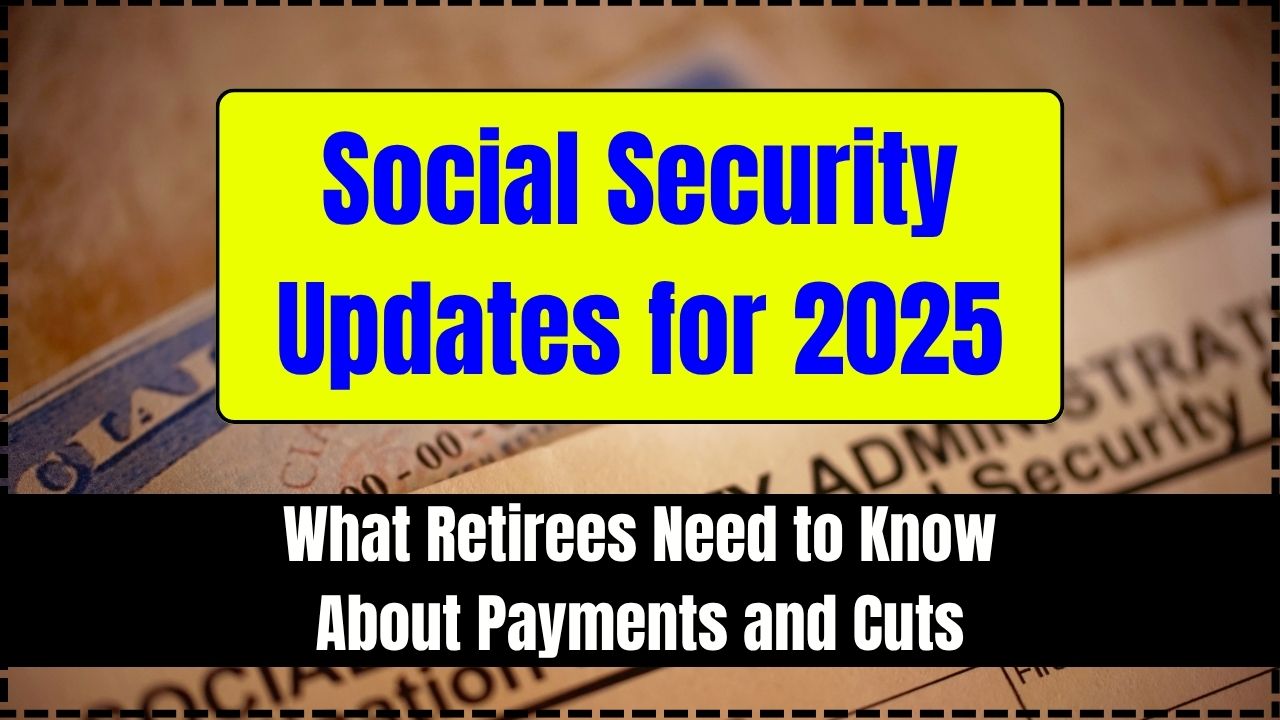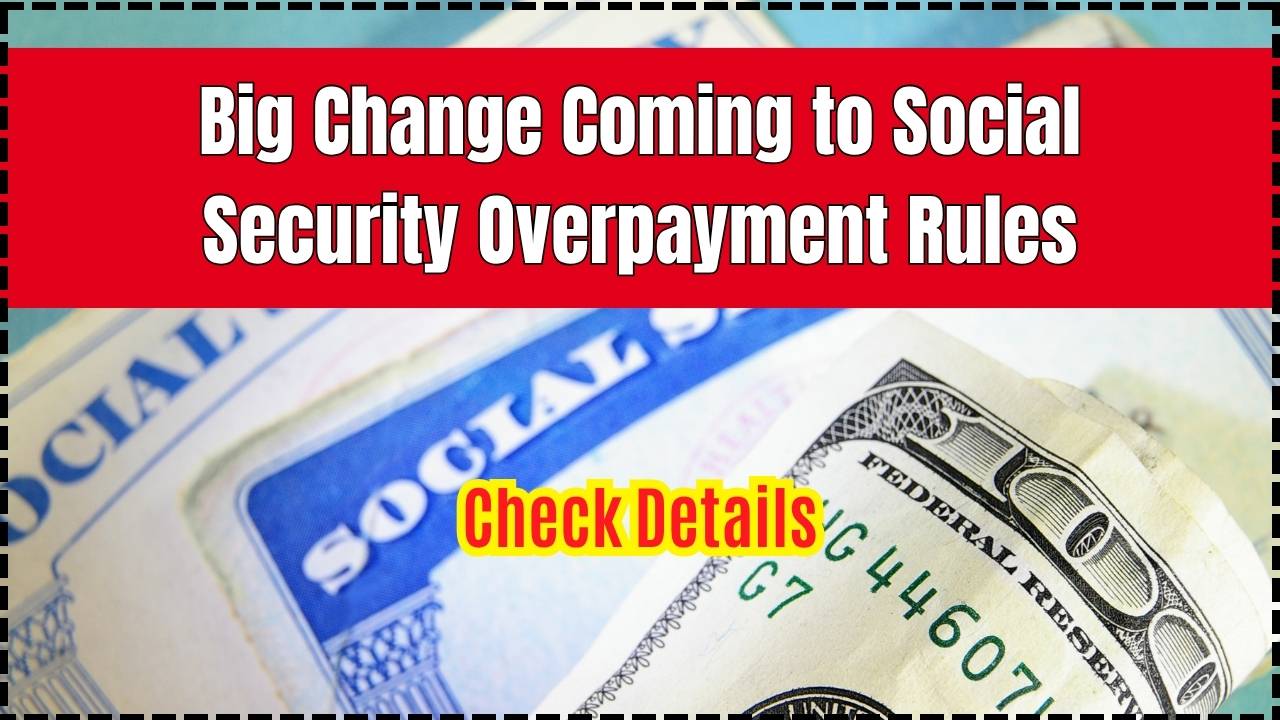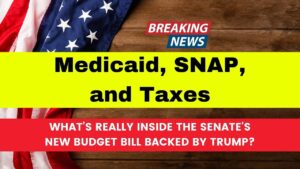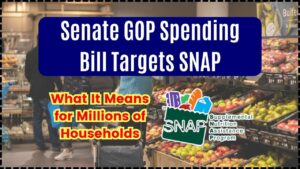SNAP Benefits Secrets Revealed: The Supplemental Nutrition Assistance Program (SNAP) is a crucial support system for over 40 million Americans striving to feed themselves and their families. But here’s the kicker: your state has a big say in how much help you get. That’s right—beyond the federal baseline, state governments can tweak SNAP benefits, launch extra programs, and even restrict what you can buy with your benefits. Knowing these state-level moves can help you maximize your assistance and plan better.

This article digs deep into how your state could be boosting your SNAP benefits in 2025, how federal and state policies intertwine, and practical steps to make the most out of your food assistance. Whether you’re just starting with SNAP or have been a long-time recipient, you’ll get the full picture here—easy to understand but packed with expert insights.
SNAP Benefits Secrets Revealed
| Key Point | Details |
|---|---|
| Number of SNAP Recipients (2023) | Over 40 million Americans receive SNAP |
| State Variations in Benefits | States adjust minimum benefits, add Summer EBT programs, or restrict unhealthy purchases |
| Notable State Actions | Nebraska bans soda and energy drinks with SNAP starting 2026; many states expand summer benefits |
| Federal Proposals | Cost-sharing with states and potential $267B funding cuts are under discussion |
| Impacted Groups | Families with kids, single parents, seniors, and low-income individuals |
| Official SNAP Website | https://www.fns.usda.gov/snap |
Your state’s policies make a huge difference in the SNAP benefits you receive. From expanded summer assistance to health-focused purchase restrictions and tech innovations, 2025 brings both challenges and opportunities. Staying informed about your state’s SNAP rules, exploring supplemental programs, and using your benefits wisely can maximize your food security. Amid shifting federal budgets and rising costs, knowledge is power—use it to make SNAP work for you.
The Evolution of SNAP and States’ Growing Role
SNAP has its roots in the 1960s as a federal effort to fight hunger and stimulate agriculture. Over time, states gained increasing authority to manage and customize SNAP programs to fit local needs and challenges. Today, states decide many eligibility details, how benefits are delivered, and whether to add supplemental assistance.
This state flexibility means your SNAP experience depends a lot on where you live. For example, while one state may offer extra benefits during summer months, another might restrict certain purchases to promote better nutrition. This patchwork reflects efforts to make SNAP both efficient and effective.
How States Are Supercharging SNAP Benefits in 2025
Summer EBT Programs: Filling the School Meal Gap
Millions of kids rely on school meals during the academic year. When summer rolls around, many families lose access to this vital nutrition source. To combat this, Summer EBT programs provide extra SNAP dollars during summer breaks. States like California, New York, and Illinois are leading the charge, providing $30 to $70 extra per child, easing financial strain during those lean months.
Increasing the Minimum Benefit
At the federal level, SNAP’s minimum monthly benefit is just $23 — barely a drop in the bucket for anyone needing food assistance. Recognizing this shortfall, several states have pushed to raise the minimum benefit to $100 or more, ensuring even the smallest SNAP households get meaningful support.
Making Healthier Choices: What’s Allowed on SNAP?
With diet-related illnesses soaring, some states want SNAP to promote healthier eating.
Nebraska’s Ban on Sugary Drinks
Starting January 1, 2026, Nebraska will block SNAP benefits from purchasing sodas and energy drinks, aiming to fight obesity and diabetes in low-income populations. This is the first state to receive federal approval for such a ban, setting a precedent.
Other states like Indiana, Iowa, Arkansas, and Colorado are exploring similar restrictions. While these moves face criticism over choice limitations, they represent growing efforts to align food assistance with public health goals.
Economic Impact of SNAP: More Than Just Food
SNAP doesn’t just help families eat—it boosts local economies. According to USDA data, every $1 in SNAP benefits generates about $1.50 in economic activity. By putting money in the hands of low-income households, SNAP helps grocery stores, farmers markets, and even local farmers thrive. States benefit from this multiplier effect, adding a layer of motivation to maintain or expand SNAP.
Technology and SNAP: Convenience in Your Pocket
The SNAP program is modernizing fast. Many states now offer online purchasing options, letting recipients buy groceries with SNAP benefits from participating retailers’ websites. Apps also help track balances and find eligible stores. These tech advancements make it easier to access food assistance discreetly and efficiently, especially in rural or underserved areas.
Facing a SNAP Denial? How to Appeal
If your SNAP application is denied, don’t lose hope. You have the right to appeal the decision. Here’s how:
- Request a fair hearing within your state’s SNAP office.
- Gather supporting documents, like income proof or medical records.
- Attend the hearing in person or virtually, and present your case.
- If denied again, consider contacting local legal aid or advocacy groups.
Many states offer assistance navigating appeals, so reach out to your SNAP office or community organizations.
Practical Tips to Stretch Your SNAP Benefits Further
- Know your state’s SNAP rules: Visit your state SNAP website for specifics on benefits and programs.
- Use supplemental programs: Many states and nonprofits offer food banks, farmers market vouchers, and nutrition education.
- Shop smart: Buy in bulk, use coupons, and plan meals around affordable staples like beans, rice, and frozen veggies.
- Avoid restricted items: If your state bans sugary drinks or junk food on SNAP, adjust your shopping list accordingly.
USA Settlement Loan Launches New Site; See If You Qualify for Fast Lawsuit Cash in Your State
Social Security Fairness Act Update: Here’s When You Could Finally Get Your Retroactive Payment
Social Security Surprise: This Group of Retirees Just Got an Unexpected Boost in Their Checks
Frequently Asked Questions About SNAP Benefits Secrets Revealed
Q1: Can SNAP benefits be used for hot or prepared foods?
Typically, no. SNAP benefits are generally limited to groceries and cannot buy hot or ready-to-eat foods unless purchased from authorized stores in pilot programs.
Q2: How can I find out if my state offers Summer EBT?
Check your state’s SNAP website or visit https://www.fns.usda.gov/summer-ebt for a list of participating states.
Q3: Are there work requirements to keep SNAP benefits?
Yes, able-bodied adults without dependents (ABAWDs) must meet work or training requirements to receive SNAP beyond three months in most states.
Q4: How do inflation and cost of living impact SNAP?
Rising food prices reduce the purchasing power of SNAP benefits, which is why states pushing for higher minimum benefits is so important.
Success Stories: Real Families, Real Impact
Take Maria, a single mom in New York who relies on SNAP and Summer EBT to feed her two kids. “Without the summer benefits, it’d be really tough,” she says. “Those extra dollars helped us buy fresh fruits and veggies during the break.”
In Nebraska, John, a diabetic, appreciates the soda ban. “It pushed me to try healthier drinks, which helped me control my blood sugar better.”
These stories highlight how state programs tailor SNAP to community needs.











